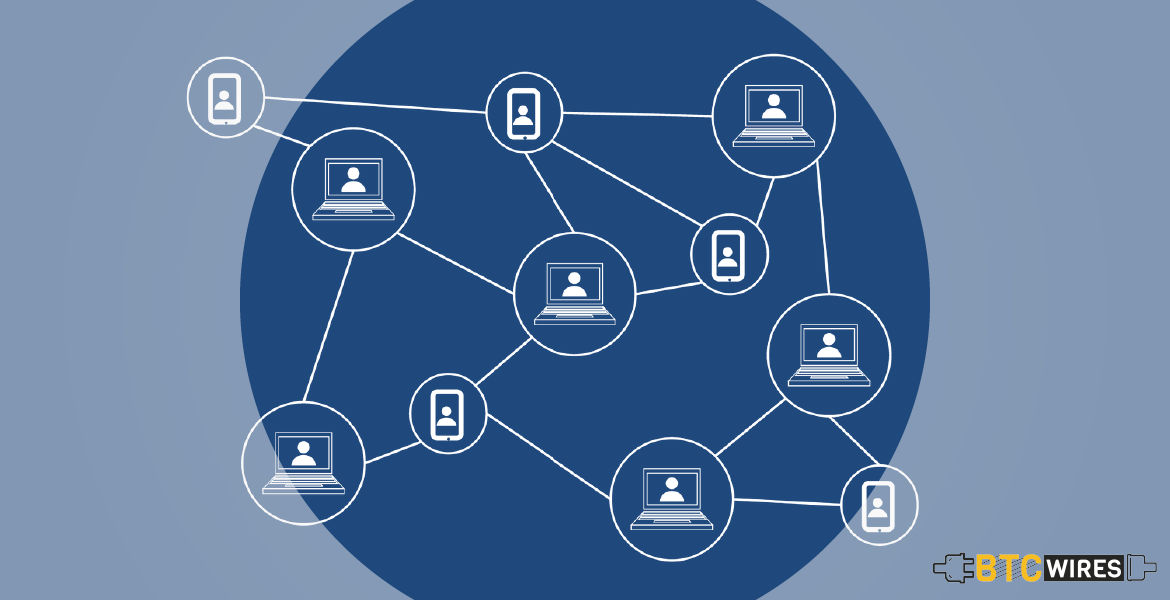Blockchain seems to be the buzzword of the post-2017 tech scene.

Blockchain seems to be the buzzword of the post-2017 tech scene. As every other company joins the bandwagon to embrace blockchain to introduce new levels of convenience into their business systems and reap the unending benefits of blockchain. But what is blockchain exactly? For many laymen, it might sound rather confusing as words like “hash value” or “crypto-mining” are thrown around. Hence, it would possibly be helpful to have a layman’s handbook to what the blockchain actually is, because unless a large number of people do not begin to understand what blockchain is, we cannot have mainstream adoption of this stellar technology.
Blockchain is nothing but a common database that can be viewed and accessed from several participant computers simultaneously. Any changes or updates that are made to this digitally maintained ledger becomes visible to all the members to this network of computers. Now this database is divided into units called blocks. Each block has a new set of information that has been updated into or written down upon the ledger at a given point. So how do there blocks go on to form a chain? Basically, each block bears a unique symbol of identity, a unique timestamp that is much like a fingerprint. In addition, it also has the imprint of the previous block’s distinguishing value. This ties up all the blocks up in a continuous chain. Even if you try to take out any one link from this chain, it will not be possible to do so without affecting the one before that, and the blocks before each preceding block as well. Therefore, this forms a rather tightly wound system of blocks forming a chain, giving this technology its name.
Now, this network is completely decentralized, which means no particular authority or entity controls it. Instead, every member to the network can see a copy of the ledger. Blocks once added are pretty much immutable, which means you cannot easily, or even possibly in most cases, change any previously recorded data for unscrupulous purposes without showing up in the copies of all members and dismantling the chain. How does this remain secure? The security is achieved by using cryptographic identities. Authorised users and participants have a cryptographic key each and each of them can control the details of their own transactions using this key. If this key is found by others, their transactions can easily be manipulated. The principles of cryptography also help in making sure the same information shows up on every computer.
For the sake of simplification, we may see blockchain like a digital copy of someone’s medical record. Every step along the way is a link in the chain. A cardiac arrest at the age of 60 cannot be de-linked from having had high blood pressure earlier. Therefore all the prescriptions and diagnoses must lead from one to the other. For this, each file must bear a name which is a continuation from the previous file. Now, each file must remain as it is, as no party should be able to change the contents of a previous file. However, both the doctor and the patient here will have access to passwords (like the cryptographic keys) that allow them to enter new information, like symptoms and medication.
The robustness and durability of blockchain makes it an excellent candidate for all fields that make use of intermediaries, to eliminate the need to have them altogether and replace them with a distributed database everybody can view.

